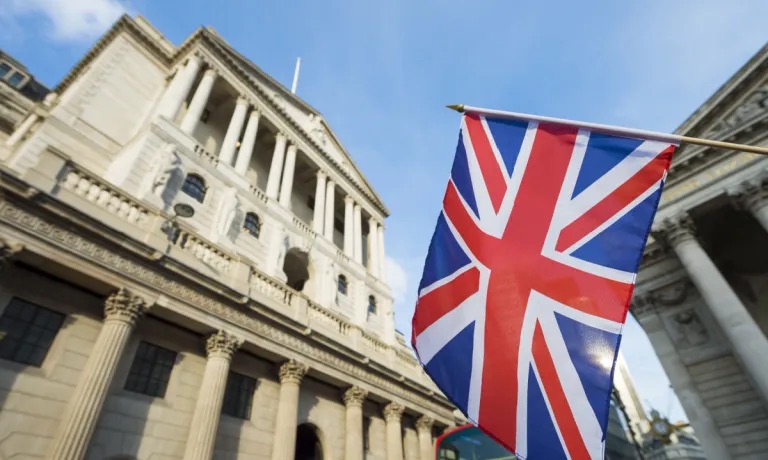Bank of England Stablecoin Regulation to Match US Progress
The Bank of England stablecoin regulation framework will be introduced as rapidly as similar US measures, according to Deputy Governor Sarah Breeden. Breeden’s comments were made during the SALT conference in London on Wednesday, where she emphasized the need for close regulatory alignment with the United States on the rapidly growing $310 billion stablecoin market.

Background: Regulatory Alignment and Industry Developments
Sarah Breeden stated that the UK will implement its stablecoin regulatory framework “just as quickly as the US,” addressing concerns that Britain is lagging after the US passed the GENIUS Act in July. “It is really important for us to be synchronized with the US,” Breeden said, as reported by Cointelegraph. She also confirmed ongoing discussions between UK and US regulators and announced that the Bank of England’s consultation paper on stablecoin regulation will be released on November 10.
Recent high-level meetings support this regulatory cooperation. In September, UK Chancellor Rachel Reeves and US Treasury Secretary Scott Bessent committed to bolster collaboration on crypto policy, following calls from UK crypto advocacy groups for a more forward-thinking stance.
Bank of England’s Approach Under Scrutiny
The proposed Bank of England stablecoin regulation has faced criticism from industry lobby groups, particularly after the central bank suggested in late 2023 that individual holdings be capped between £10,000 and £20,000 (approximately $13,050 to $26,100 USD). These groups contend that such measures would be difficult and expensive to enforce and might stifle innovation within the UK’s crypto ecosystem.
Meanwhile, the broader regulatory environment is evolving globally. Canada announced on Tuesday plans to regulate stablecoins, requiring fiat-backed issuers to safeguard reserves and enhance risk management, although legislative timing remains unspecified. These changes are part of a broader initiative to modernize payments for 41.7 million Canadians.
Market Reaction and Growing Corporate Adoption
Corporate adoption of stablecoins continues to rise, with financial service providers like Western Union, SWIFT, MoneyGram, and Zelle either integrating or planning to integrate stablecoin payment solutions. Analysts expect this momentum to further drive the need for coordinated regulatory frameworks.
The US Treasury estimated this April that the stablecoin market could expand from its current $310 billion to $2 trillion by 2028. Regulatory certainty, such as the promised Bank of England stablecoin regulation, is expected to support market growth while mitigating systemic risks.
What’s Next for Stablecoin Regulation?
As the Bank of England prepares to release its consultation paper this November, UK regulators will likely continue to synchronize their efforts with US authorities. The goal is to establish a stablecoin regime that balances innovation with consumer protections and financial stability.
Industry participants and observers will watch closely as the UK government works to maintain pace with global partners and cement its position in the evolving cryptocurrency landscape.



















